The 2015 ASEG-PESA conference was an exciting one this year. From MT to muons, the scope and depth of the presentations have been inspiring.
The two plenary speeches by ASEG president Greg Street and PESA president Max Williamson offered no euphemisms or excuses when describing the current state of our industry. With such low commodity prices, we need to prepare now for when the good times return. Whilst both proposed alternative solutions, both were in clear agreement that the time for action has come.
Without government support recovery becomes difficult, but industry reliance dampens the pathway to innovation. To justify our worth in today's global economy, we will need both imagination and hard work to develop solutions for collecting greater quantities of higher quality data with economy. More importantly, we must be able to communicate information more effectively and intuitively across multiple disciplines. It was made clear that today's industry leaders are already beginning to retire. Our sector is aging. This is daunting news to hear as a young career geophysicist. We will soon need more young leaders ready to carry this torch to keep our industry moving forward. I am confident we be able to develop and extend today's technology after meeting so many talented young geoscientists.
I would like to thank the ASEG for awarding me the Shanti Rajagopalan Memorial Award. I feel privileged to receive this prize. The winning paper entitled "Bathymetry, electromagnetic streamlines and the marine controlled source electromagnetic method" was written as part of my PhD work in marine CSEM and published in Exploration Geophysics. The paper investigated the influence of sea floor topography on the electromagnetic fields generated during a marine controlled source electromagnetic survey. Streamlines are an underused yet intuitive approach for visualising complex field interactions between the air, sea-water and sub-surface sediments. In particular, streamlines highlight the influence that ocean bottom topography has on the shape and size of the electromagnetic airwave effect.
This community has provided me with so many resources, friends, mentors and opportunities. I would like to give back and reinvest the prize money awarded into the community through my website, Digital Earth Lab. Digital Earth Lab currently hosts geophysical computing tutorials, introductory explanations of electromagnetic methods and web applications. The prize has already been put to good use by allowing me to move this operation to a more powerful web server. I am a big supporter of open source software and making 'the cloud' work for geophysicists. I will be developing cloud based web applications so geo's are freely able to invert and compute electromagnetic data sets online with the remainder of the funds. I believe web applications are the future of computational geophysics and will help remove the initial setup time and costs, device and operating system dependencies and computational bottlenecks. I envision geophysical software on demand, anywhere and on any device with few computational restrictions for our future.

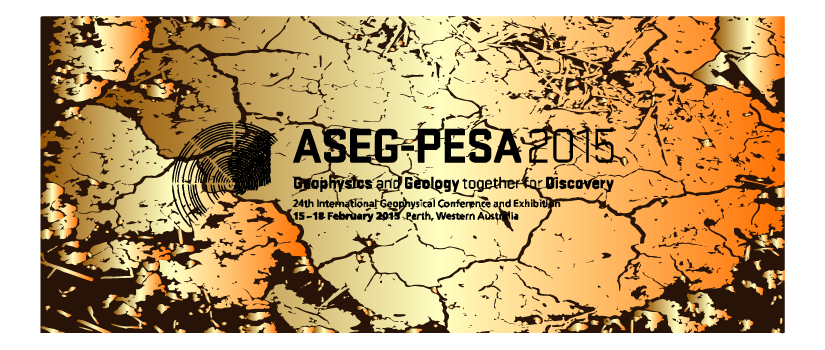
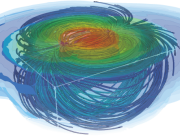
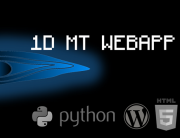
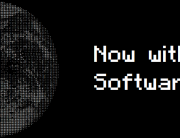
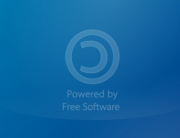
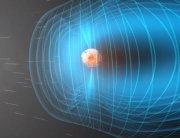
Leave A Comment